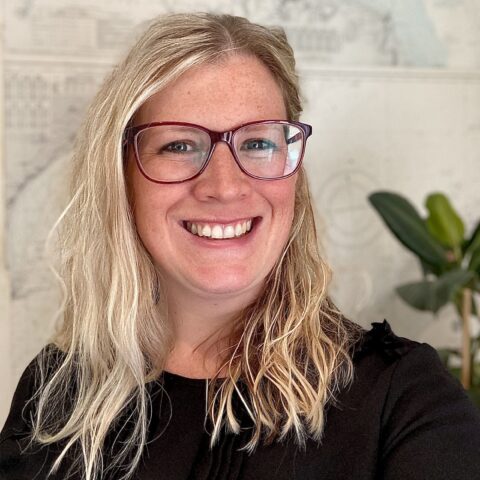In mid February we brought together 10 leaders to discuss high performing teams in a closed door environment. For the most part the group didn’t know each other and, as we are still very much in lockdown, our roundtable was ‘Zoom’ shaped.
When you invite anyone into a room for a conversation there is usually an exchange of value. Fp wanted to understand the perception of high performing teams from new and different perspectives, and of course introduce itself to this group. The leaders wanted to share and hear from one another in order to learn from each other and, perhaps subconsciously benchmark. “Do we have the same successes and challenges as others, what do they do about them?”
Interestingly we were inadvertently asking these leaders to come together for a set period of time to work hard and fast as a new team, to deliver all of this value. We asked them to be a high performing team.
What we learnt from their ability to ‘team’ together and from their experiences, mirrored each other and made for a really interesting discussion…

There was unanimous agreement that ‘alignment’ was essential – it was described by different leaders as shared values, clear purpose and agreed vision, but in essence the whole ‘table’ agreed that a high performing team is impossible if they are not on the same page.
That isn’t to say they need to always be in agreement, in fact the presence of diverse experiences, differences of opinions and positive tensions was said to fuel innovation but permission to disagree positively is given through a shared understanding of intent. “We are all trying to achieve this, deliver that, solve the other.”
It was said that a shared purpose over the last year also led to increased autonomy. The leaders discussed how in having their hands forced to release control of their people they were forced to trust. To trust their colleagues to continue doing the right thing – many commented how this ‘extra responsibility’ or ‘being grown ups’ has actually delivered a far higher quality of output. Their next challenge as offices reopen and people potentially return is not to revert back to pre-covid practises of prescribed ways of working and control.
“During times of disruption leaders can over lead, but you have to let it be. Allow your people to find their own way and understand what their roles are, and their place as part of the team.”
When we fled to our homes in March 2020 we immediately needed some new frames of reference around teams – what they are and how they function. It appears we are all part of many more teams than we realised. Be that a departmental team or a work social group. Unofficially holding the role in an adjacent team as the sense checker or forgetting that the leadership meeting is not just a place to represent your team but to be part of another. Our team at home also shifted and many of our roles in it became blurry or much bigger.
Fp CEO Graham Abbey shared the thinking of Amy Edmondson that “there has been a big shift in how we think about teams as a construct to consider it as a verb – teaming.” Fp have been working with the idea of ‘teaming’ with a number of clients, at both board and entry level, helping individuals and groups build capacities to identify the teams they are in and the roles they play in them.

Listening to the leaders around the ‘table’ it seems we need to now start thinking about teams as being instant and many. Building trust, being vulnerable, speaking our minds and deeply listening to each other – all the things we know about teams when they work really well becoming something we should expect from each other right there in the moment, with a new group.
The irony was not lost on the group of strangers who were sharing their very real and very live experiences with each other.
We took many things from the session but this idea of more consciously and proactively ‘teaming’ was a headliner. Our traditional view is that teams take time to build, things happen slowly and you need to be in person to do it well.
But maybe we need to challenge ourselves around that. We can rapidly build trust and make ourselves vulnerable – we can rapidly build high performing teams – we know we can because we’re doing it, and we’re having to do it all the time.
The group left the Fp team with a great sense of optimism. If many more leaders around the world are thinking and behaving like these ten; letting go, listening, giving clarity and direction and ‘teaming’ with openness and vulnerability we are in for a strong and purposeful future.
 Sammy Burt
Sammy Burt